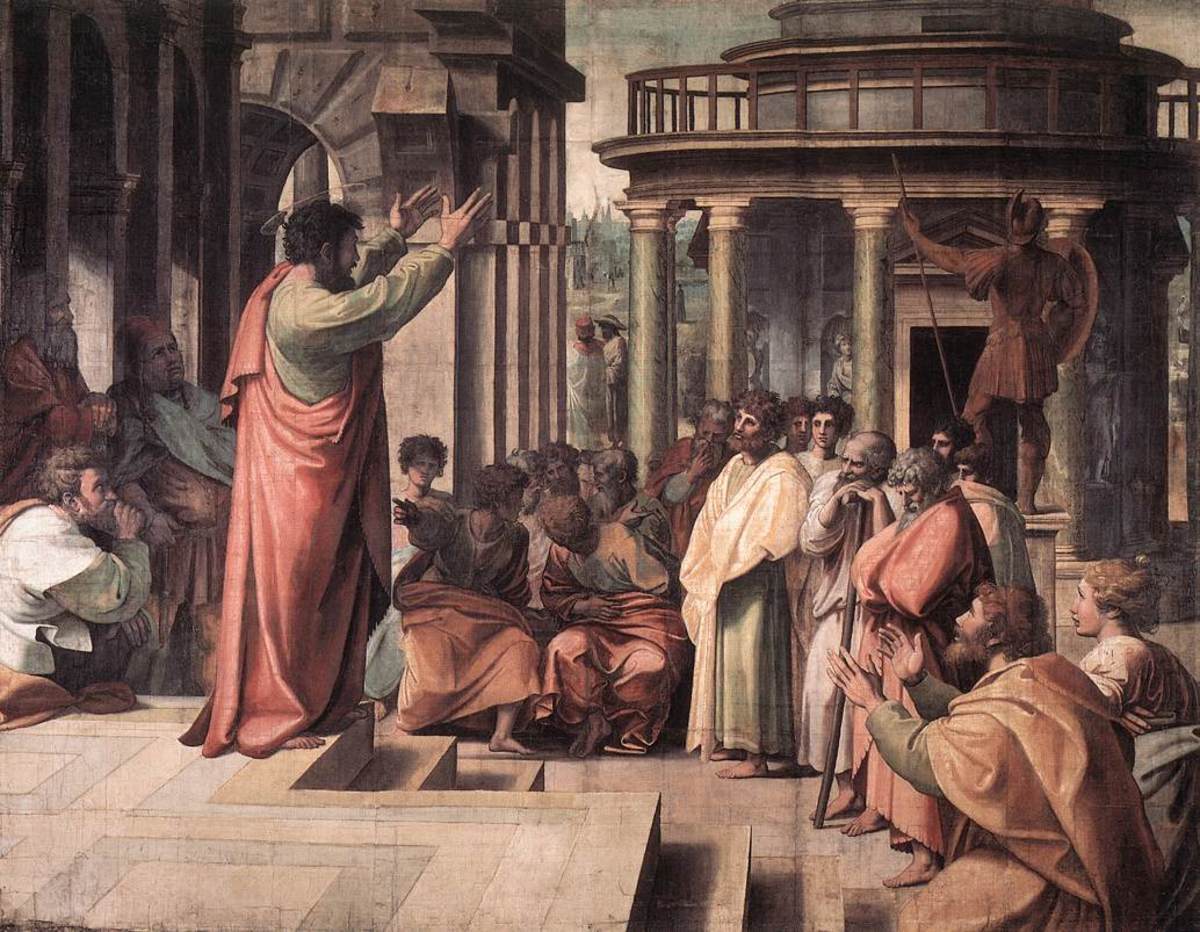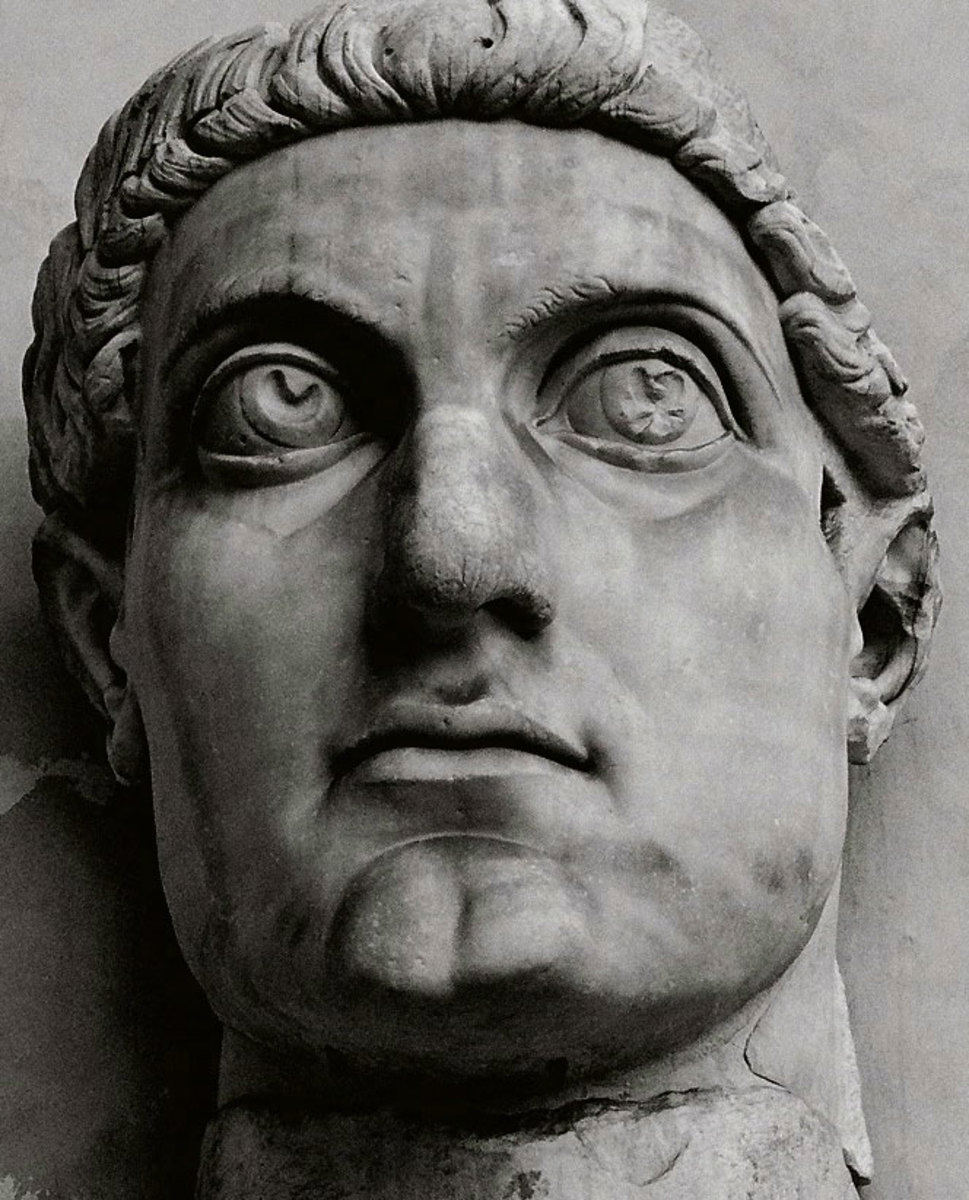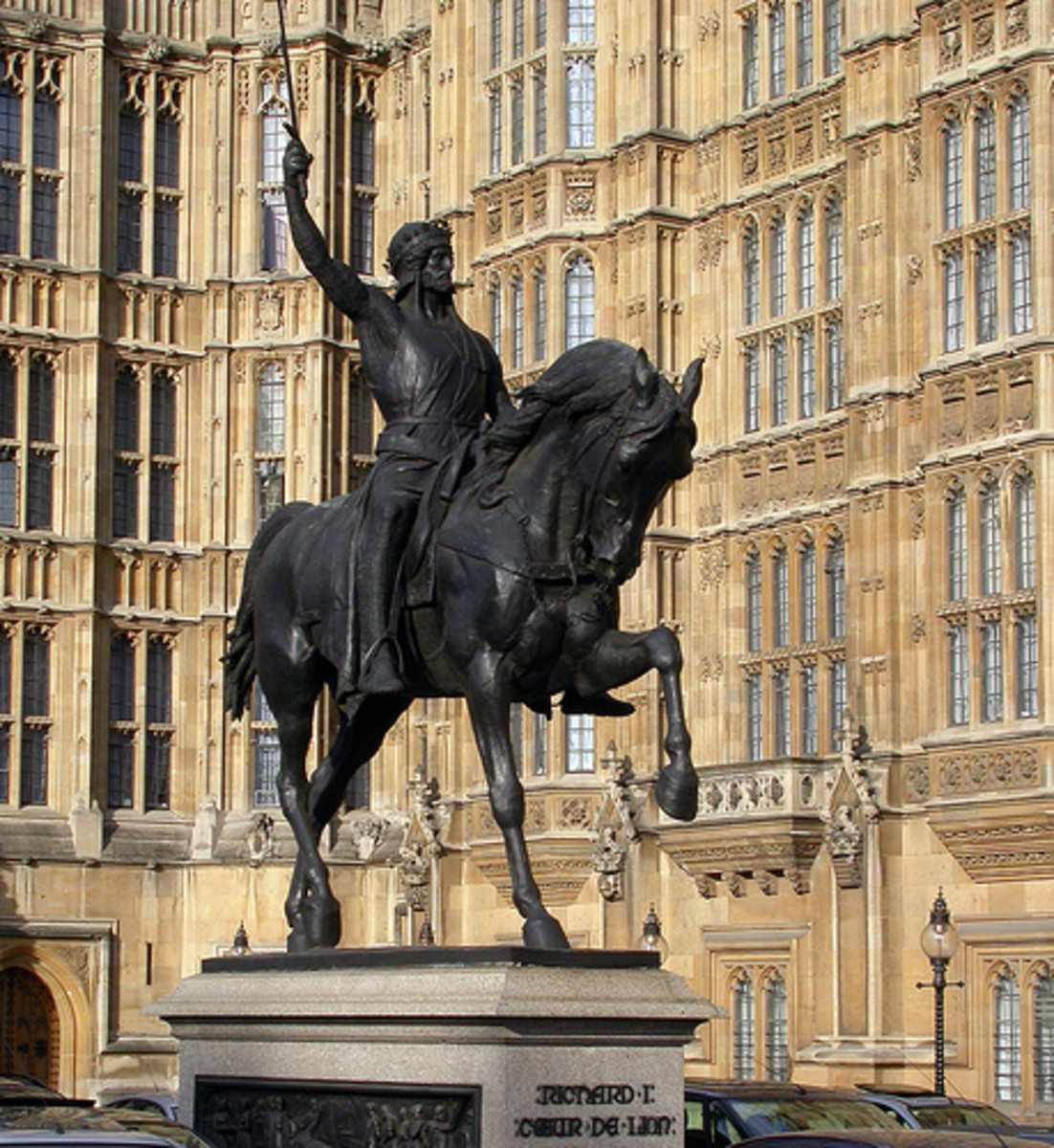A Fresh Look At the Book of Romans Chapter 5

Romans Chapter 5
Another problem that all Christians faced in Rome was persecution by Rome. While the Roman Government encouraged citizens in the extended Empire to continue with their own religion, it also demanded allegiance to Caesar, who at various times was promoted to be God. This obviously was offensive to the Jews who, in the Ten Commandments, were taught that there is only one God. The Christians also believed the same, and so both these groups became a problem to some of the Caesars.
Historically the Jews had at times been thrown out of Rome. The early Church, as it was seen to be a treat to the rule of law and order and because of its rather strange teaching (the Communion feast), was persecuted in the most horrible ways. Christians were thrown to the lions in the Coliseum; some were dragged behind racing chariots to entertain the blood thirsty crowds. Nero used Christians as human torches by covering them in tar and setting them alight.
So Paul writes to encourage the Christians in Rome to stand firm, even in the face of severe persecution. Peter and James also wrote to Christians, at about the same time, encouraging them to see the bad things that were happening to them as opportunities to grow in faith (James 1:1; 2: 1 Peter 1:6-9). Paul encouraged the Roman Christians to “glory in their tribulation” as he showed them in his own life. In fact Paul explains that tribulations produce perseverance, character and hope (Romans 5:3-5).
Paul also reminds them that they are not alone in this but are empowered by the Holy Spirit that God poured out into their hearts;”Now hope does not disappoint, because the love of God has been poured out in our hearts by the Holy Spirit who was given to us”. (Romans 5:5). When Peter preached to the Jews (some from Rome were present in Jerusalem as Luke tells us as recorded in Acts 2:10) he told them after being asked by them “what must we do?” (Acts2:37) that they needed to repent and be baptized in the name of Jesus Christ for the remission of sins, and they would “receive the gift of the Holy Spirit” (Acts 2:38 NKJV).
The writer of this powerful letter then reminds the readers that Christ went to the cross to die in our place. Paul makes a comparison between Adam, who brought sin into the world and Christ, who paid the price for sin. This chapter deals with several important issues including justification, sanctification and righteousness. The change of our status with God is justification. It is a legal term that implies that the right and fair course has taken place. It appears only 5 times in the Bible and Paul in this letter uses it to show how Jesus paid the price so that God could declare us righteous in His sight.
The change in our state with God is sanctification. This word is used in the subjunctive case, meaning that it is something that continues. Our new life in Christ is an ongoing process as we live a righteous life, and so we continue to be declared to be right with God. What Paul wants to establish without a shadow of a doubt, is that salvation is a free gift from God and cannot be earned or received by birthright or by works of the law. At the same time the Christians life must then be lived in a different way to what is was before. It is grace that brings salvation and human effort cannot bridge the gap between sinful man and a righteous God. Isaiah explained is clearly in that our sins separate us from God (Isaiah 59:2). It is Jesus who delivers God’s grace to us and brings us back to the right relationship with God. (John 3:15, 16)
The Roman Christians then, like us today, had to realise their need and accept God’s great gift of salvation that is made available to all. In the next chapter he will tells them, and also us today, how they are born again in the waters of baptism, to walk in newness of life and what this new life expects and demands.(Romans 6:3, 4).
References: The Baker Illustrated Bible Dictionary
Barclay, W The commentary on Romans
Bruce, F. F. Romans;
Scriptures taken from the New King James Version. Copyright 1982 by Thomas Nelson, Inc. Used by permission. All rights reserved








